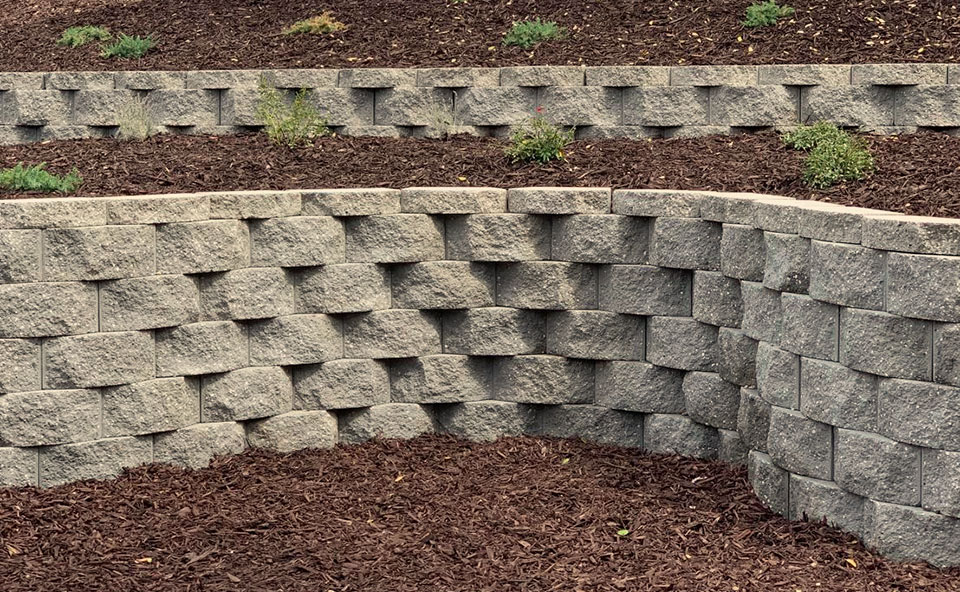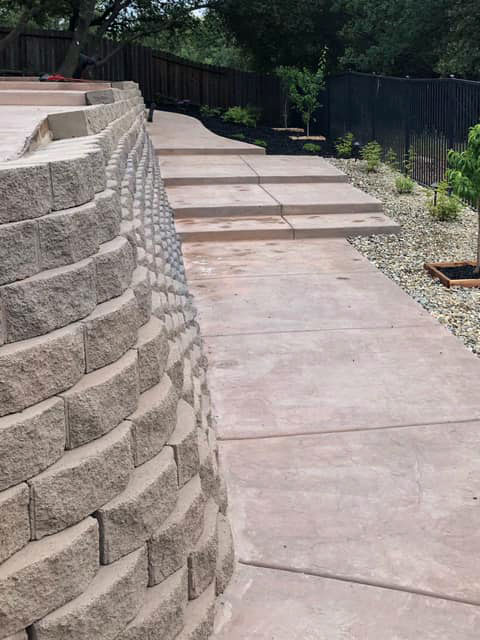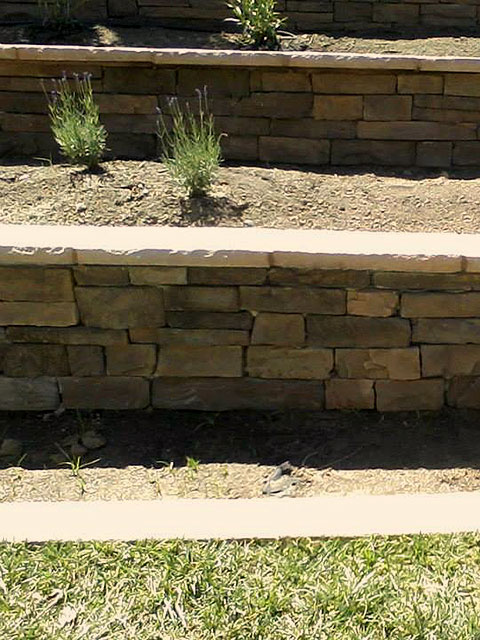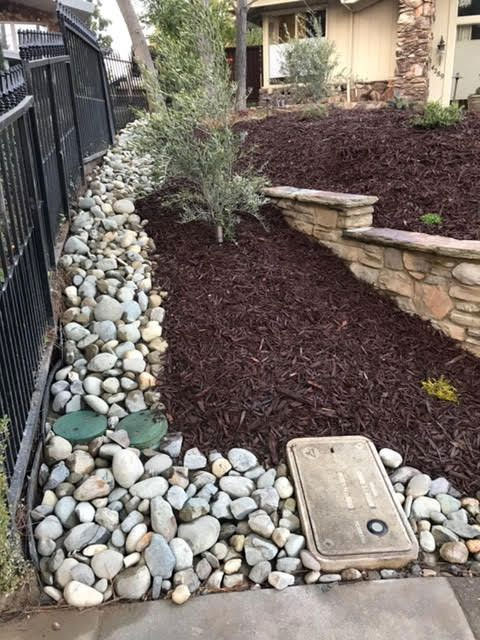Retaining Walls
JVM can help you build retaining walls to hold soil in place, or free standing walls to create beauty around your landscape. There are different wall systems to choose from, but JVM will work with you to choose the best wall for your application, from a holistic approach. Call the pros to ensure your walls are installed correctly the first time!
Popular Retaining Walls Applications Include:
Retaining Walls FAQ
Answers to the common questions about retaining walls use and benefits.
The height possible for a retaining wall will depend on the conditions of the site where it is to be built. Factors that influence height include the soil grading and state, slope of the site, groundwater, and weight.
It’s recommended that a 4-inch drainage pipe is installed behind the blocks to enable water to flow away from the wall to prevent a buildup of hydrostatic pressure.
For a permanent wall structure, the typical lifespan is between 50 to 100 years. Of course the wall’s longevity will depend on the soil conditions and the presence of groundwater.
Yes. Curves, be they convex or concave, provide an aesthetically pleasing accent that is popular in retaining wall design. The block installation requirements will vary for the recommended minimum and maximum radius.
The first 6 to 12 inches of the wall should be backfilled with 3/4 inch crushed stone. The rest of the wall should be backfilled with compacted soil.









